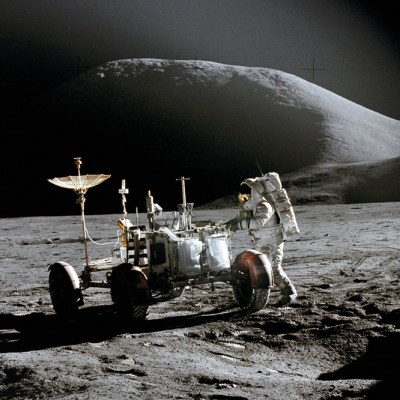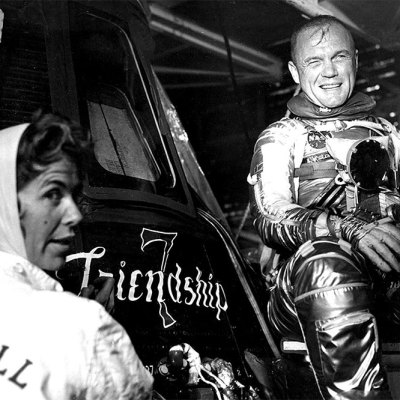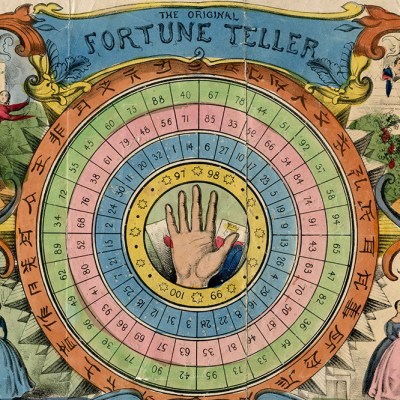

‘Four things to see’ is sponsored by Bloomberg Connects, a free arts and culture platform that provides access to museums, galleries and cultural spaces around the world on demand. Explore now.
Each week we bring you four of the most interesting objects from the world’s museums, galleries and art institutions, hand-picked to mark significant moments in the calendar.
On 22 June, the Royal Observatory in Greenwich is celebrating its 350th anniversary, commemorating the day King Charles II commissioned the project to solve the problem of measuring longitude at sea. From this small hillside building in south London, generations of astronomers have mapped the heavens and tracked the movements of stars; it is where Greenwich Mean Time – the temporal anchor for our modern, interconnected world – was established. The observatory is testament to humanity’s enduring fascination with the cosmos, a curiosity that spans cultures and epochs, finding its expression in ancient Mesopotamian star charts and modern space telescopes peering towards the edge of the observable universe.
The artistic imagination has long been captivated by celestial phenomena: think of Vincent Van Gogh’s spiralling stars, William Blake’s cosmic visions, Vija Celmins’s meticulous drawings of night skies. Like astronomers, many artists attempt to make visible what might otherwise remain unseen or unperceived. This week we explore four works that capture our relationship with the celestial realm in very different ways.
Etching of Caroline Herschel (1847), Georg Heinrich Busse. Courtesy Herschel Museum of Astronomy – Bath Preservation Trust
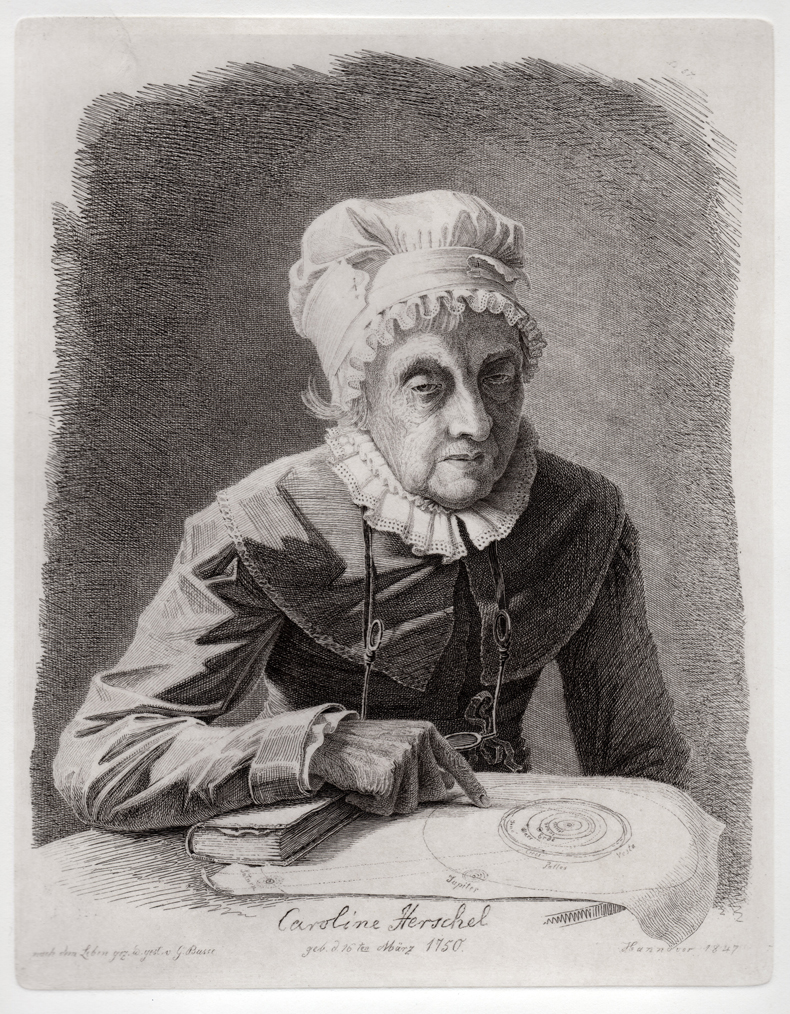
Etching of Caroline Herschel (1847), Georg Heinrich Busse
Herschel Museum of Astronomy, Bath
Ninety-seven years old and seated at her desk, the pioneering astronomer points confidently to one of her discoveries of a comet on a solar system diagram. Herschel was already celebrated and decorated by the time this portrait was drawn; it captures both her intellectual authority and the sophistication of her achievements. Expected at one time to be a domestic servant, she instead became, in 1798, the first professional female astronomer to have work published by the Royal Society. Click here to find out more on Bloomberg Connects.
Installation view of Garak, The Universe (2008) by Gulumbu Yunupiŋu at the Museum of Contemporary Art Australia, Sydney. Photo: Jenni Carter; courtesy and © the artist
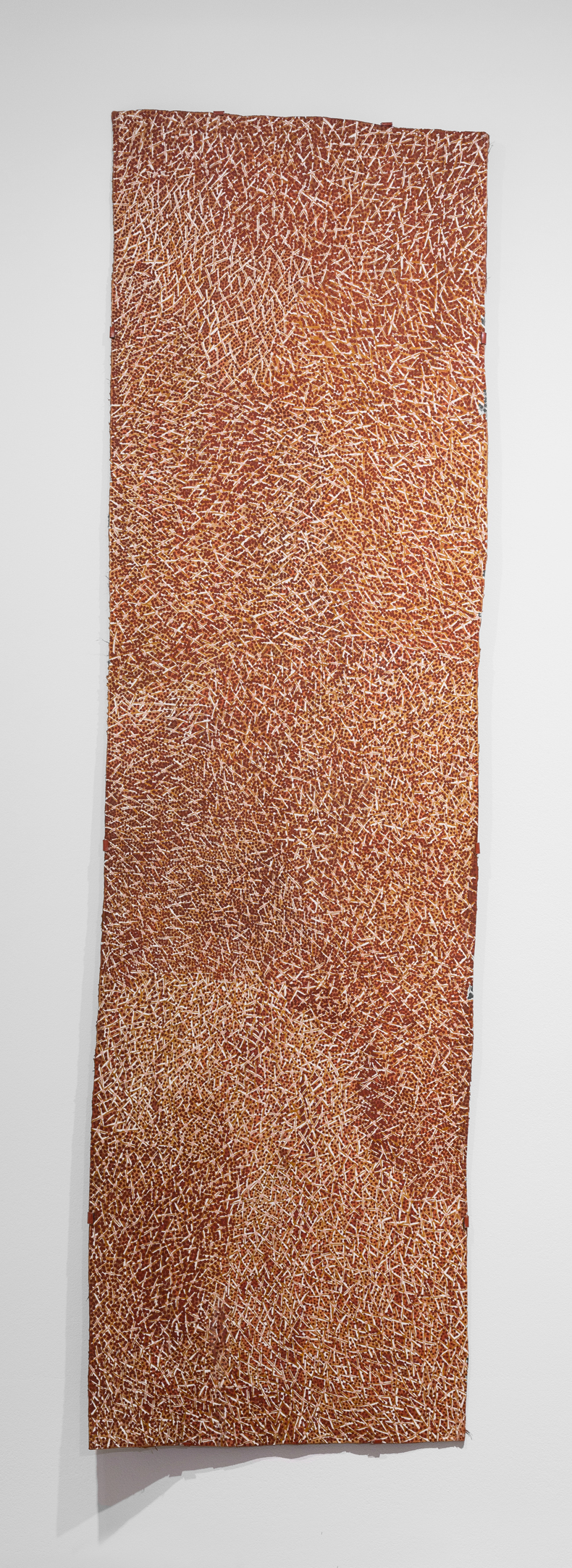
Garak, the Universe (2008), Gulumbu Yunupiŋu
Museum of Contemporary Art Australia, Sydney
Constellations of delicate star-like marks spread out across this painting, revealing an understanding of the cosmos rooted in thousands of years’ worth of knowledge on the part of the Yolngu, who are based in the Northern Territory of Australia. For Yunupiŋu’s people, these celestial patterns are not merely aesthetic but functional, guiding seasonal activities, weather predictions and harvesting cycles. Rendered in natural ochres on bark, the work presents an alternative cosmology in which scientific observation and cultural knowledge are inextricable. Click here to read more.
Besançon Astronomical Clock (1858–60), Auguste-Lucien Vérité. Photo: © Benjamin Gavaudo / Centre des Monuments Nationaux
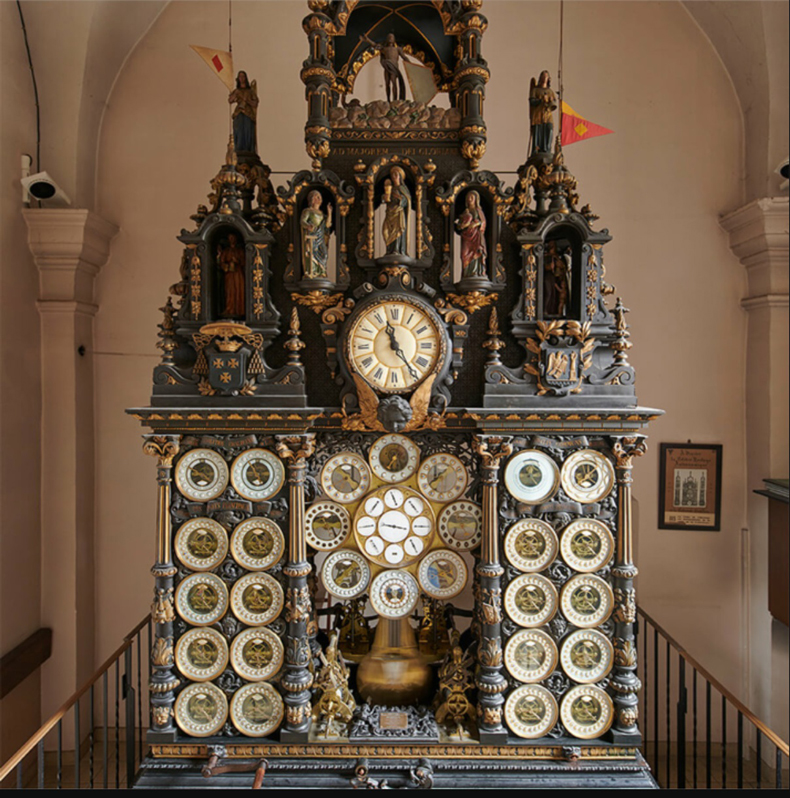
Besançon Astronomical Clock (1858–60), Auguste-Lucien Vérité
Besançon Cathedral, Besançon
Spread out over six levels and 27 metres of the bell tower of Besançon Cathedral, this mechanical marvel comprises 30,000 interlocking parts driving 60 distinct dials. Each face reveals a different celestial relationship – the sun’s position, lunar phases, tidal patterns, eclipse dates, a detailed sky map. Vérité’s masterpiece represents the Enlightenment ideal of cosmic mechanics rendered visible and comprehensible, where astronomical knowledge becomes both public spectacle and practical tool. Click here to find out more.
Celestial Vault (1996), James Turrell. Photo: Gerrit Schreurs; courtesy Stroom Den Haag

Celestial Vault (1996), James Turrell
The Hague
A perfectly crafted crater in the Dutch landscape creates the optical illusion of transforming the sky from a ‘flat’ expanse into a dome. Visitors to this public artwork enter through an underground tunnel before emerging to lie on stone benches, contemplating the framed heavens above. The work becomes an observational instrument where the sky itself, rather than its representation, is the work of art. Click here to discover more.
![]() ‘Four things to see’ is sponsored by Bloomberg Connects, a free arts and culture platform that provides access to museums, galleries and cultural spaces around the world on demand. Explore now.
‘Four things to see’ is sponsored by Bloomberg Connects, a free arts and culture platform that provides access to museums, galleries and cultural spaces around the world on demand. Explore now.

